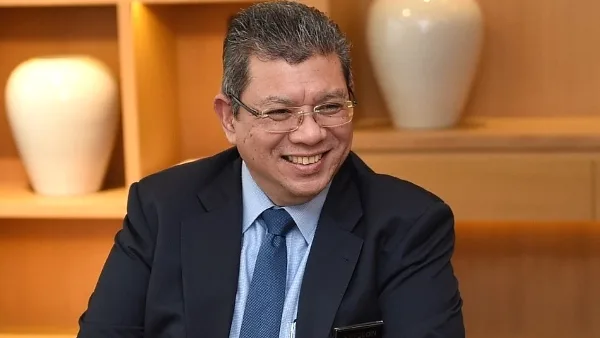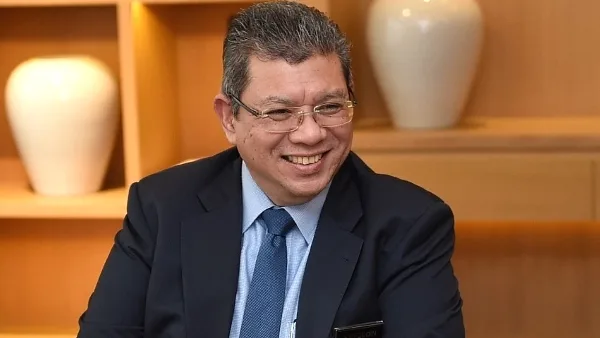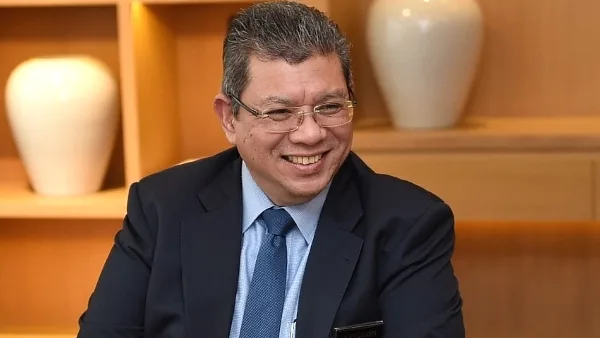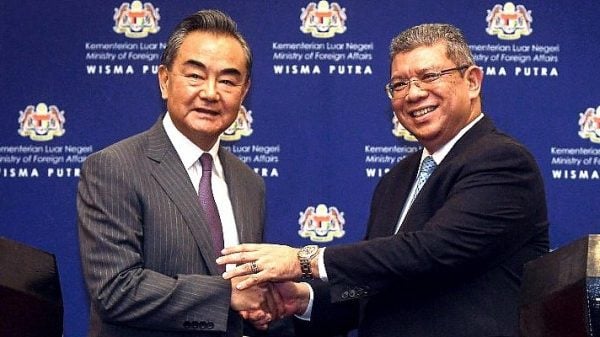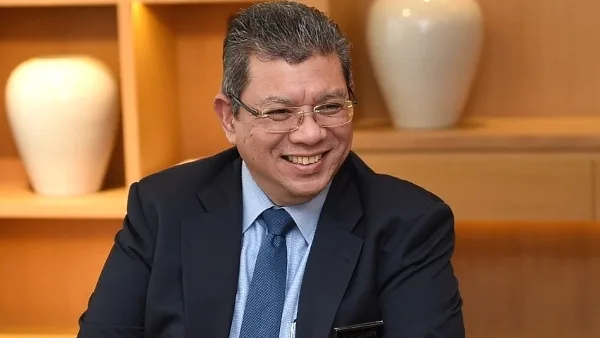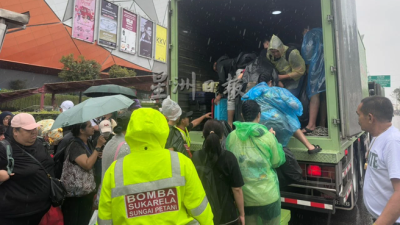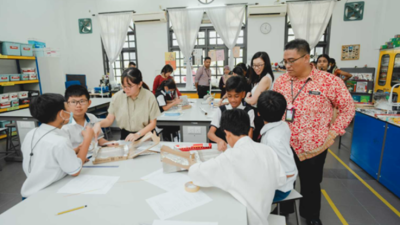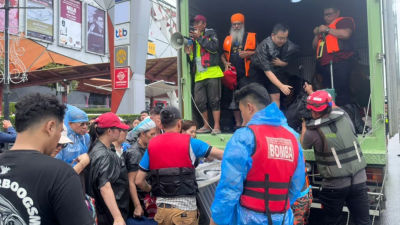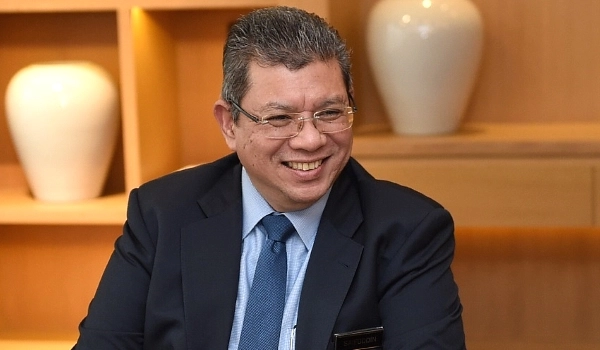
The 8th of August is designated as ASEAN Day. The theme for this year is “Regional Humanitarian Aid”.
Humanitarian aid aims to save lives, reduce sufferings and maintain human dignity during and after natural disasters occurs (natural or man-made) and conflicts/crises (man-made).
It also aims to prevent the disasters from happening again and strengthen preparations in case the disaster happens again.
It is guided by main principles such as humanity, neutrality and independence.
There are ten types of humanitarian aid: disaster, shelter, food, equipment, clean water, sanitation, medical, children, refugees and education.
The ASEAN region is often affected by disasters. It results in excessive economic losses, a higher death toll and increased numbers of internally displaced persons and refugees.
Therefore, reducing the risk of disasters is one of ASEAN’s priorities.
The ASEAN Agreement on Disaster Management and Emergency Response (AADMER) is the forms the overarching policy on collective efforts to reduce disaster risks and improve the response.
In this context, the AHA (ASEAN Coordinating Centre for Humanitarian Assistance on disaster management) was established.
Among the local CSOs active in the region are Mercy Malaysia, the Malaysian Relief Agency (MRA) and SALAM Foundation.
The main challenge for humanitarian aid is that the current system is not able to meet the demand.
The biggest problem is financing. The funding available is minuscule compared to the amount needed.
When extraordinary disasters occur, for example, the tsunami (enormous loss of lives and extensive damage) and the Myanmar crisis (rising death toll, 1.2 million internally displaced and over a million refugees), external assistance is needed.
Meanwhile, there are gaps in humanitarian aid missions.
At times, the aid provided (goods or services) is not the actual needs of the victim. Wastage occurs. Some are even sold.
There are aids that cause unexpected effects. Some add to the burden. Sometimes aid providers (CSOs, sponsors and governments) have their own agendas.
Therefore, some improvements are needed:
- Obtain accurate information from local sources.
- Listen to the voice of the victims.
- Determine priorities.
- Improve the professionalism of the volunteers, staff, and government agencies.
- Overcome bureaucracy.
- Strengthen cooperation among the three sectors (the state, business, and civil society).
- Establish a framework of accountability, transparency, and evaluation (funding, actual works, etc.)
However, humanitarian aid can only respond to crises and disasters, most of which are caused by human actions and an unjust international architecture.
Hence, while we improve the humanitarian aid system, reform of local institutions and the international architecture has to continue.
(Datuk Seri Saifuddin Abdullah is the Minister of Foreign Affairs and Member of Parliament for Indera Mahkota.)
ADVERTISEMENT
ADVERTISEMENT






